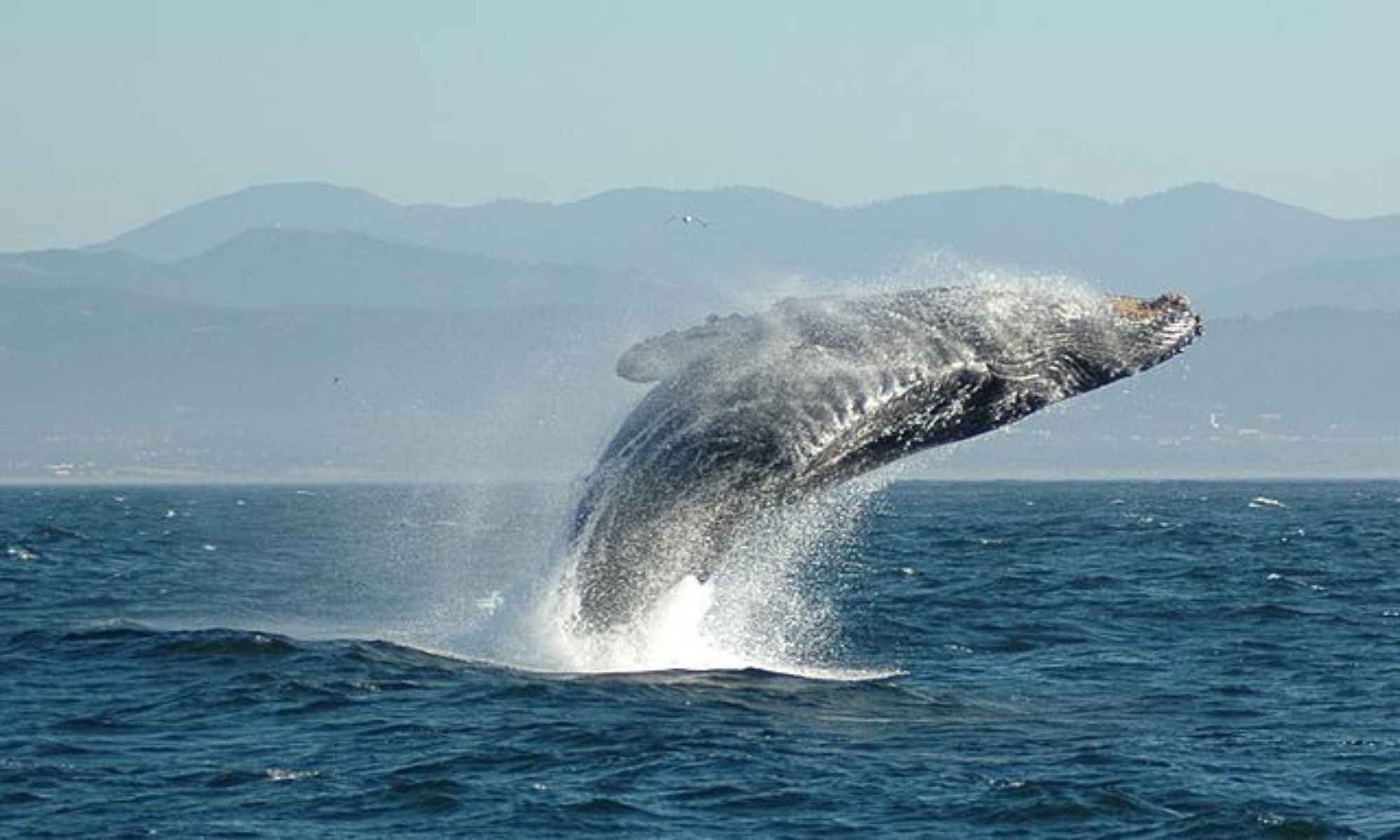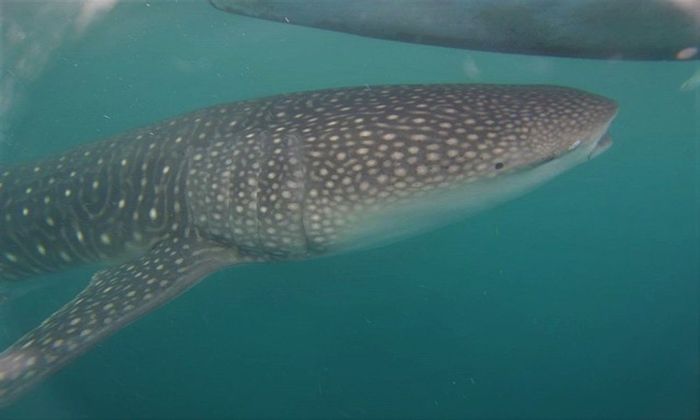How Do Whales Protect Themselves?
Learn more about how whale species defend themselves. Plus know how to distinguish them from the whale shark.

Whales, just like sharks, are some of the biggest marine creatures known to man. Maybe you’ve seen them on one of your fishing tours. Because of their sheer size, one would think that both whales and sharks have no trouble with predators and other dangers, but they do.
Some whale and shark species are often confused with one another. Though they share plenty of similarities in appearance and behavior, their most significant difference is that sharks are fish, while whales are mammals. One significant similarity they have is the human misconception around them. Because of pop culture and other prevalent, popular beliefs, we’re prone to think that all sharks are dangerous and all whales are docile, which can’t be farther from the truth.
In this article, we’ll look at the basic characteristics of whales and how they defend themselves. We’ll also include facts about the whale shark to help you differentiate this shark species from actual whales.

Basic Whale Characteristics
Whales are marine mammals grouped under cetacean species. Dolphins and porpoises are often included under the general term of whale, though the two are quite distinct from actual whale species.
Whales (including dolphins and porpoises) are grouped into two suborders: toothed whales or Odontoceti and baleen/toothless whales or Mysticeti. Regardless of suborder, all cetaceans have physical similarities. They have flippers for swimming. They use their tail for navigating and their nasal openings for breathing. As mammals, they bear offspring (instead of eggs like fish species) and produce milk, and breathe air. They are also classified as warm-blooded animals.
1. Toothed Whale - Characteristics and Defense Mechanisms
Beluga whales, sperm whales, killer whales or orcas, and narwhal whales are just some of the most commonly known toothed whales. Some of the animals under this suborder are whales or porpoises, while others are oceanic dolphins, like the orcas. Toothed whales, as their name suggests, have teeth that they can use not just for eating but for showing aggression and defending themselves.
Aside from using their teeth as a defense mechanism, toothed whales also use their speed to protect themselves. Most toothed whales have streamlined bodies which help them swim and leap out of the water faster. Some of them can be bulkier than others which affects their swimming speed.
Another way toothed whales defend themselves from possible predators is by traveling in large pods. This suborder is known to be exceptionally social and protective of their young.
Toothed whales are equipped with echolocation, which they use to hunt for food and to navigate the ocean waters. They likewise use this feature for group protection, allowing them to identify their pack amid prey and other competing cetaceans.

Toothed whales typically eat smaller fish, crustaceans, squid, and octopus. However, bigger ones, like the killer whale, are known to consume other cetaceans and sharks.
2. Baleen Whale - Characteristics and Defense Mechanisms
Baleen whales include toothless species such as the humpback whale, bowhead whale, and blue whale. Baleen whales, while toothless, are comparatively larger than their toothed counterparts.
This toothless suborder of whales has baleen plates with tightly packed bristles. They use these bristles to capture their prey in various ways. But because they have small throats, they can only consume small prey like squid, crustaceans, and small fish.
Baleen whales are often called gentle giants because of their lack of teeth and general aggression. They are usually known to travel solo, compared to the more social-toothed whales, making them prone to predator attacks. If not solo, they choose to travel with their young, which are even more attractive to predators like killer whales.
The blue whale is a large baleen species prone to killer whale attacks. They travel solo or with young but never in pods. Killer whales usually attack a blue whale while surrounding it and biting its blubber until it’s too weak to escape. The blue whale’s best defense against a pod of predatory killer whales is to thrash around their large tails to strike back at the orca. Their tails are known to be large and powerful, enough to injure predators.
That being said, blue whales are rarely attacked, especially adult ones. They are big and can also be speedy and powerful swimmers. Underwater apex predators will only likely attack them — or their calf — if there are no other bigger prey around.
3. Whale Shark - Basic Characteristics and Defense Mechanisms

As we’ve previously mentioned, whale sharks are often mistaken for whales. Like some of their toothless cetacean counterparts, whale sharks are gentle giants. They are not toothless per se, but their teeth are so small that they can only eat shrimp, fish, and plankton. They are considered the world’s biggest sharks, though they can still be smaller than a blue whale.
Unlike the blue whale, the whale shark can be quite a slow swimmer. What it lacks in speed, it makes up for its endurance. The whale shark migrate thousands of miles of ocean water each year.
While the whale shark hardly has to worry about predators, it can still be preyed upon, usually by other predatory sharks and the killer whale.
Biggest Threat to Whales and Whale Sharks
While both marine creatures have their sets of predators, the biggest threat to them is human activity. Some whales are still being caught for sport and commercial purposes. These underwater creatures can likewise ingest lost fishing gear and other recreational fishing trash in the ocean. While these creatures are equipped with features to defend themselves, they are not immune to the consequences of human activities.
Whale Watching and Fishing Tours
One of the best ways to appreciate whales is by seeing them in the wild on a whale-watching trip. California, Maine, Hawaii, and Massachusetts are some of the best states for whale watching. They are coincidentally some of the best states to book saltwater and freshwater fishing charters. Fly fish with Peter Santley Fly Fishing or catch salmon with Salmon Striper, both freshwater charters in California. Striped bass charters like the Cape Cod Charter Guys or surfcasting experts like Ron Arra Surf Fishing are top-notch guides in Cape Cod. There are likewise charters that offer whale-watching on separate sightseeing trips.



